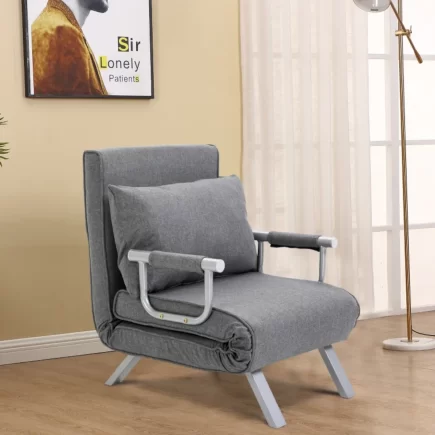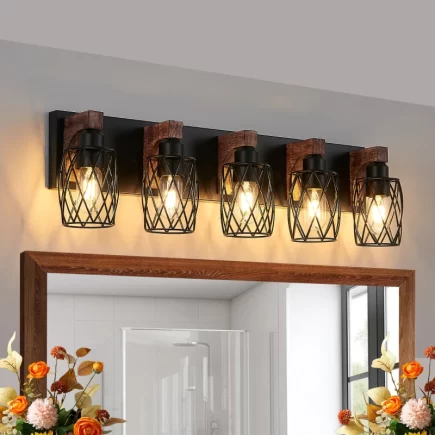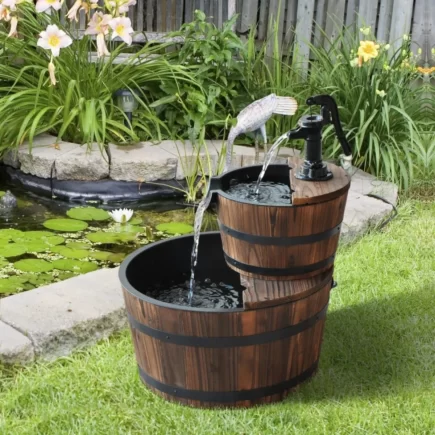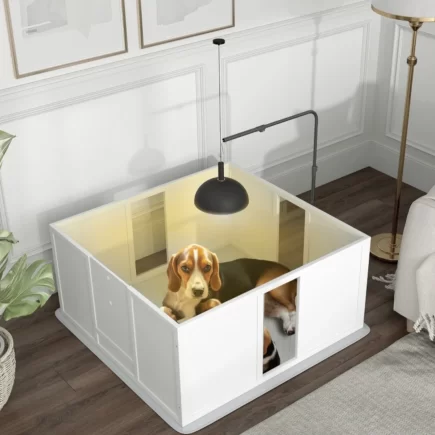Creating your own lawn roller is not only cost-effective but also gives you complete control over its weight, durability, and design. Whether you want to flatten freshly sown grass seed or tackle uneven ground, a homemade lawn roller offers strength and utility that store-bought alternatives often lack.

This expert guide will walk you through the process of building a heavy-duty lawn roller from scratch using standard tools and materials. With step-by-step instructions, material lists, and helpful tips, you can complete this project confidently in a weekend.
Tools and Materials Required
| Tool/Material | Purpose |
| Steel shaft | Central axle of the roller |
| Bearings & washers | Allow smooth rotation |
| Square steel tubing | Used to build the roller frame/handle |
| Plastic/metal drum | Acts as the main rolling body |
| Circular MDF/wood caps | Seal the drum ends |
| Welding machine | Permanent joining of metal parts |
| Bandsaw & drill | Cutting and drilling operations |
| Concrete mix | Adds internal weight to the drum |
| Caulking gun & sealant | Sealing the drum caps |
| Basic hand tools | Measuring, marking, tightening, etc. |
Step-by-Step Instructions
Step 1: Gather and Prepare Materials
Before starting construction, it’s essential to lay out all your materials and tools in a clean, organized workspace. Check that your plastic or metal drum has no structural damage, cracks, or deformities that could affect performance. Make sure the steel shaft is straight and free of rust. The same goes for your square steel tubing look for uniform length and consistent thickness. Use a wire brush to clean up any surfaces that appear corroded or dirty.

Step 2: Cut Metal Tubing
Using a bandsaw or angle grinder with a metal cutting disc, carefully cut your steel shaft and square tubing to the lengths suited to your body size and lawn width. Suggested measurements:
| Component | Recommended Length (inches) |
| Steel shaft | 24–30 |
| Handle tubing | 36–40 |
| Cross support | 18–22 |
Ensure clean, square cuts for tight and secure joints later in the process.

Step 3: Assemble Frame Temporarily
Before committing to any permanent joints, dry-fit the steel shaft into the square tubing to form a “T” shaped handle frame. This lets you visualize the end product and fine-tune the dimensions. Check the symmetry and alignment using a tape measure and level. If you’re planning to add support bracing, mark those positions as well.

Step 4: Fit Bearings and Bushings
Slide a washer, bearing, and another washer onto each end of the shaft. Make sure the shaft diameter matches your bearing inner diameter. Bearings should sit flush without play. If they slide too freely, use aluminum tape or bearing compound to secure them. This step is critical to ensure the roller spins freely without causing resistance.

Tip: Rotate the shaft with the bearings in place to feel for resistance. There should be none.
Step 5: Tack Weld Frame Components

Begin welding by placing small tack welds at each joint of the frame. Focus first on high-stress points like the joint where the handle meets the cross support. Tack welding holds parts in place so you can verify all alignments again before proceeding to full welds. This method also reduces heat warping that could occur from welding everything at once.
Step 6: Drill Mounting Holes
Use a drill press or handheld drill to create precise holes in your square tubing. These holes will be used to mount the shaft and attach any additional support brackets. Always drill a smaller pilot hole before the final size to avoid wandering bits. Deburr all holes using a countersink bit for a clean finish.

Step 7: Weld and Strengthen the Handle Frame
With all parts properly aligned, proceed to full welds on all joints. Use continuous beads and weld on both sides where possible. For added durability, weld in diagonal braces between the vertical handle and horizontal crossbar. This adds rigidity and prevents flex during use. Allow all parts to cool slowly at room temperature to prevent distortion.

Step 8: Prepare the Drum
Mark and cut the top of your drum using a hole saw appropriate for the shaft diameter. Clamp the drum securely during cutting to prevent it from spinning. After cutting, sand or file the edges to remove burrs and sharp corners. If using plastic, use a low-speed drill to prevent melting.
Step 9: Cut and Drill the End Caps
Trace two circles onto MDF or exterior-grade plywood slightly smaller than the inner diameter of your drum. Cut them using a jigsaw or band saw.
Drill a centered hole in each cap, matching the diameter of the steel shaft. These end caps will seal the drum and also act as anchors for the shaft.

Step 10: Seal the Drum Ends
Use waterproof construction adhesive or a strong caulking sealant around the edges of the caps. Insert them into each end of the drum and press firmly into place. You may need to gently tap them in using a rubber mallet. Once inserted, run a final bead of sealant around the outer seam to prevent any leakage.

Step 11: Mix Concrete
In a wheelbarrow, mix cement, sand, gravel, and water until the mix is smooth but thick. Use the following ratio:

| Material | Ratio |
| Cement | 1 part |
| Sand | 2 parts |
| Gravel | 3 parts |
| Water | As needed for consistency |
Step 12: Fill the Drum
Carefully pour the concrete mix into the drum. A funnel or cut-off jug makes this easier. While pouring, rotate the drum slightly every few minutes to help the mix settle evenly and remove trapped air bubbles. Use a stick or rebar to poke through the mix periodically.

Make sure the shaft remains vertically centered and supported through the entire curing time. This ensures even weight distribution.
Step 13: Cap and Final Seal
Once the drum is filled, apply the top end cap and reseal any remaining seams. Smooth the exposed surface of the concrete using a trowel or float. Check one last time that the shaft is centered. Allow the drum to cure for 48 hours in a dry, shaded area. Avoid moving it during this period to prevent cracking.

Step 14: Paint the Roller
Once the roller frame is fully assembled and secured, it’s time to paint it. Choose a durable, weather-resistant paint to ensure long-lasting protection. Apply a uniform coat to the entire surface, including the handles and frame. Allow the paint to dry completely before use.
Step 15: Attach Roller to Frame
Insert each end of the shaft into the bearing mounts of your welded frame. Use locking collars or cotter pins to keep the shaft from sliding out. Double-check the spacing between the drum and frame to ensure it spins freely and evenly. Tighten all fasteners securely.

Step 16: Test Your Lawn Roller
Take your completed roller to your lawn. Push and pull it across several surface types: soft soil, turf, or uneven patches. Ensure it rolls smoothly without wobbling. If the handle feels unbalanced, adjust it by repositioning or reinforcing the support braces. You can also add a rubber grip or foam padding for comfort.

Whether you’re leveling a new yard, fixing molehills, or prepping sod, a heavy-duty roller is an indispensable garden tool. Take time during each step to ensure precision, especially while welding and sealing. If maintained well, your DIY roller will last for decades. Explore Aosom’s wide range of Garden Tools to make your lawn care easier and more efficient. From trimmers and planters to rolling carts and ready-made Lawn Roller, Aosom is your go-to destination for home and garden essentials.
FAQs
1. How to fill a lawn roller with sand?
To fill a lawn roller with sand, first ensure the drum is securely sealed and that the opening is large enough to allow easy pouring. Use a funnel or scoop to gradually pour sand into the drum. You can adjust the weight by controlling the amount of sand used.
2. How do I ensure that my DIY lawn roller spins smoothly?
To ensure smooth rotation, make sure that the shaft fits properly within the bearings and that the bearings are installed securely. The shaft should rotate freely without any resistance. Double-check the alignment and the fit of the components during assembly.
3. Can I use a PVC pipe as the drum for my lawn roller?
While PVC can be used for a DIY roller, it may not be as durable or heavy as other materials like metal or thicker plastic. PVC is lighter, which may make it less effective for heavy-duty tasks like compacting uneven or tough soil. For better results, a stronger material is recommended.





























